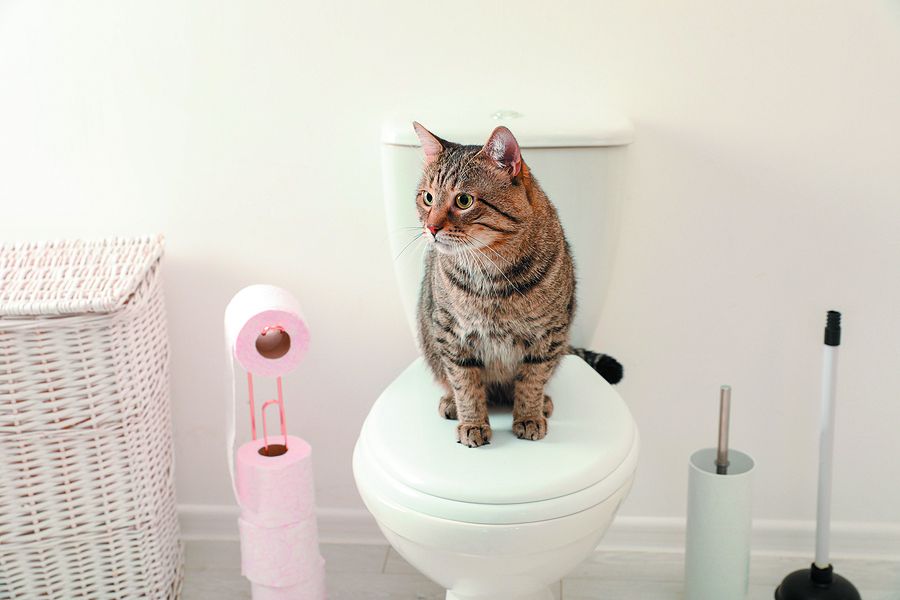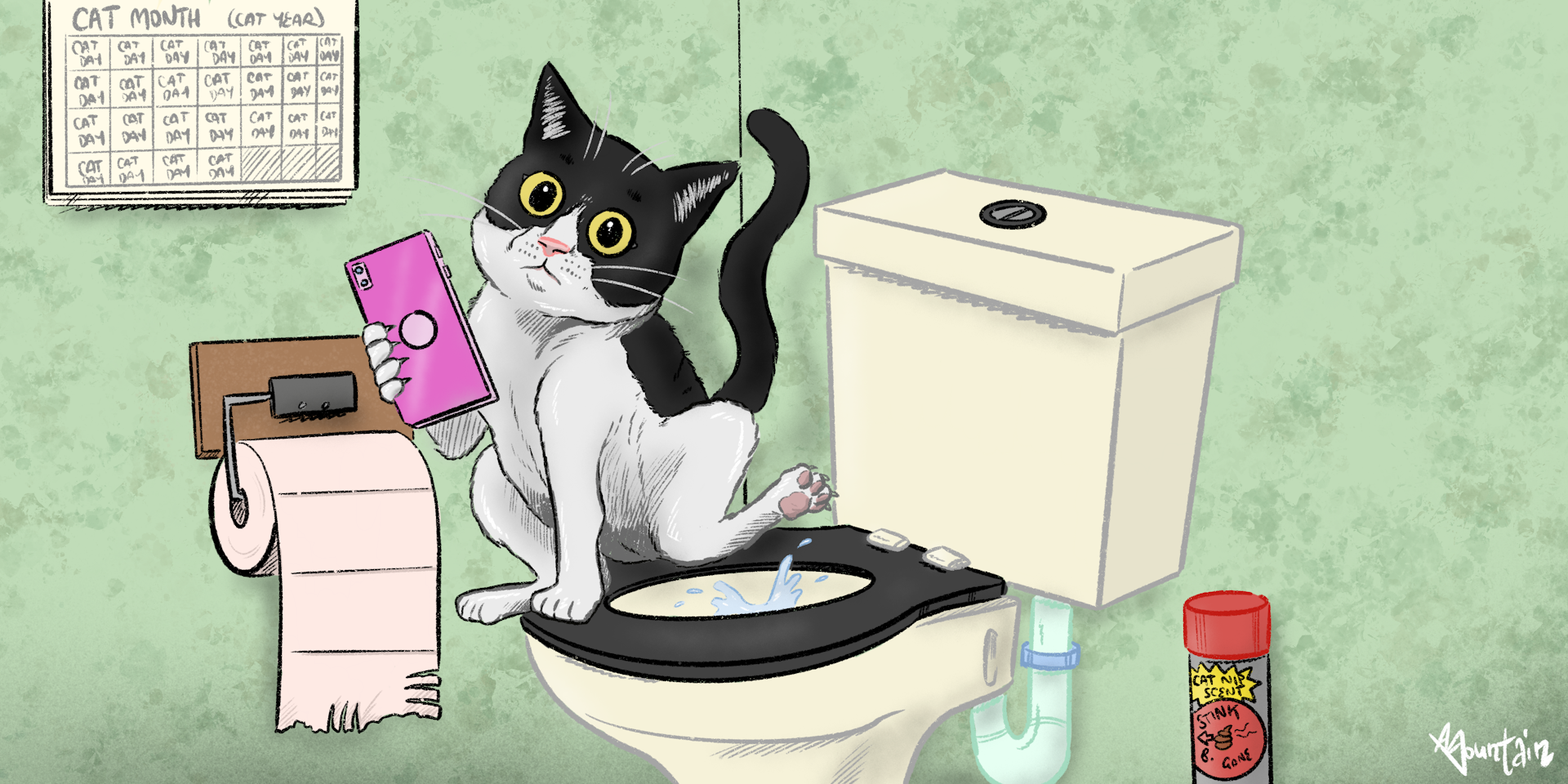Prevent Clogs and Damage: Don't Flush Cat Poop Down Your Toilet - Expert Insights
Prevent Clogs and Damage: Don't Flush Cat Poop Down Your Toilet - Expert Insights
Blog Article
This article down below about Don’t flush cat feces down the toilet is rather captivating. Read it for your own benefit and figure out what you think about it.

Intro
As feline proprietors, it's necessary to bear in mind how we get rid of our feline close friends' waste. While it may seem practical to flush feline poop down the commode, this practice can have harmful consequences for both the environment and human health.
Alternatives to Flushing
Thankfully, there are safer and more liable methods to get rid of cat poop. Think about the adhering to choices:
1. Scoop and Dispose in Trash
One of the most usual method of dealing with feline poop is to scoop it into a biodegradable bag and toss it in the trash. Be sure to use a specialized trash scoop and get rid of the waste quickly.
2. Use Biodegradable Litter
Choose biodegradable pet cat trash made from materials such as corn or wheat. These trashes are environmentally friendly and can be securely dealt with in the trash.
3. Bury in the Yard
If you have a lawn, take into consideration burying cat waste in an assigned area away from veggie yards and water sources. Make sure to dig deep enough to prevent contamination of groundwater.
4. Install a Pet Waste Disposal System
Invest in an animal waste disposal system especially made for feline waste. These systems use enzymes to break down the waste, reducing smell and ecological influence.
Health Risks
In addition to ecological problems, purging feline waste can also present wellness threats to human beings. Pet cat feces might consist of Toxoplasma gondii, a bloodsucker that can trigger toxoplasmosis-- a potentially extreme health problem, particularly for pregnant women and individuals with weakened body immune systems.
Ecological Impact
Purging pet cat poop presents damaging virus and bloodsuckers into the supply of water, posing a considerable risk to marine ecological communities. These pollutants can adversely impact aquatic life and compromise water top quality.
Conclusion
Accountable pet possession expands beyond providing food and shelter-- it also entails appropriate waste monitoring. By refraining from flushing feline poop down the bathroom and choosing alternate disposal methods, we can decrease our environmental impact and protect human wellness.
Why You Should NEVER Flush Cat Poop (and/or Litter) Down Your Toilet
The Problem with Litter
The main function of litter is to solidify and adhere to your cat’s waste. While this makes litter excellent for collecting cat poop and urine, it’s also the exact property that makes it a nightmare when flushed down the toilet.
Cat litter can and will clog pipes. There is non-clumping litter, but it’s still quite heavy and can build up in pipes. This is true even of supposed “flushable litter.”
The problems only compound when the litter is already clumped into cat waste. Toilet paper is among the more flushable things, and even too much of that will clog a toilet.
The Problem with Cat Poop
Sewers and septic systems are designed with human waste in mind. The microbes that help break down human waste don’t work on cat waste. Additionally, cat poop plays host to the parasite Toxoplasma gondii.
When flushed, this parasite can enter the environment in places it was never meant to, posing a risk to pregnant women, their unborn children, and other people with compromised immune systems. While it might not seem possible, flushing cat poop can indeed introduce this parasite to the public water supply.
These reasons are why, even if you’ve trained your cat to go on the toilet and flush, which is possible, it’s still not a good idea. Also, pregnant women and the immunocompromised shouldn’t change litter, either.
How to Handle Litter
The best way to handle litter is to simply put it in a plastic bag and place it in the trash. Avoiding environmental risks and possible plumbing damage is worth the extra effort.
You can also invest in devices that seal away your cat’s waste in a separate compartment, so you don’t have to change the litter nearly as often. They’re also safer for pet owners because they limit the possibility of Toxoplasma gondii exposure.
Disposing of litter the old-fashioned way will ensure you won’t have to worry about any issues that flushing the waste can potentially cause.
Take Care of Clogged Pipes with Stephens Plumbing, Heating & Air Conditioning
The reasons you should never flush cat poop down your toilet are numerous, but sometimes the inevitable happens despite your best efforts.
Stephens Plumbing, Heating & Air Conditioning is ready to help if you’re experiencing litter-blocked plumbing. Whether you need us in an emergency or want to schedule regular maintenance, we’re here for you.
https://www.stephensplumbing.net/bathroom-plumbing/never-flush-cat-poop-down-your-toilet/

As a fervent person who reads about How to Dispose of Cat Poop and Litter Without Plastic Bags, I think sharing that piece of content was a smart idea. Please set aside a second to distribute this blog if you liked it. Thanks for taking the time to read it.
Book 24/7 Report this page